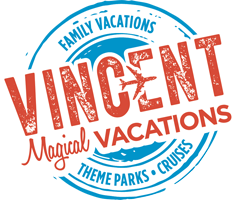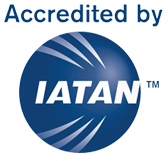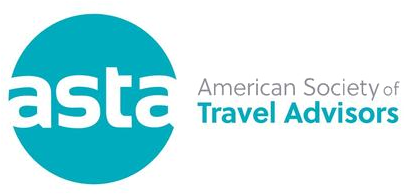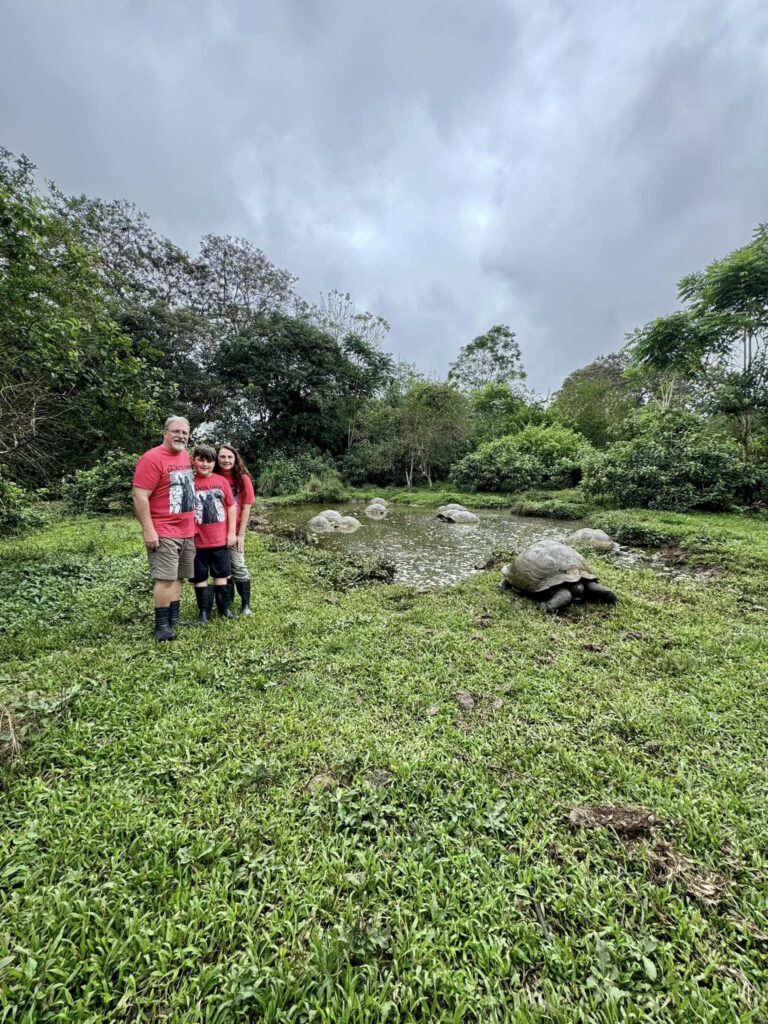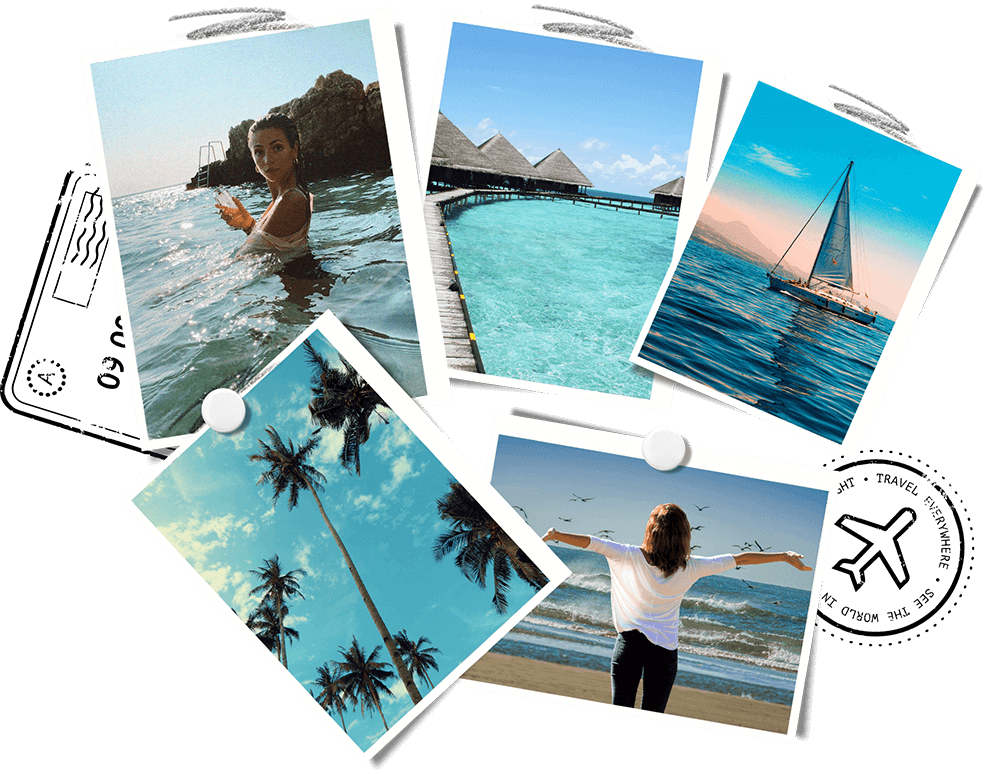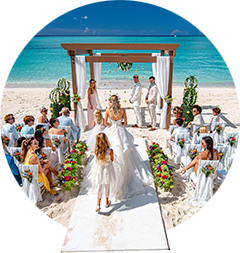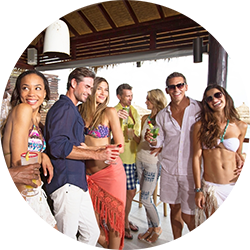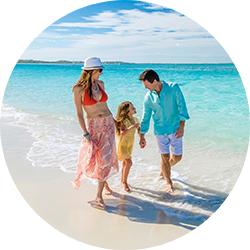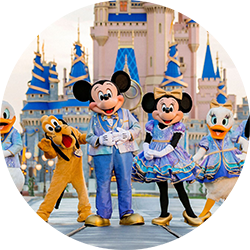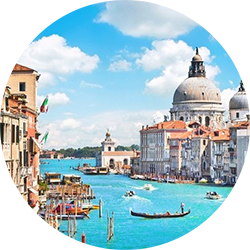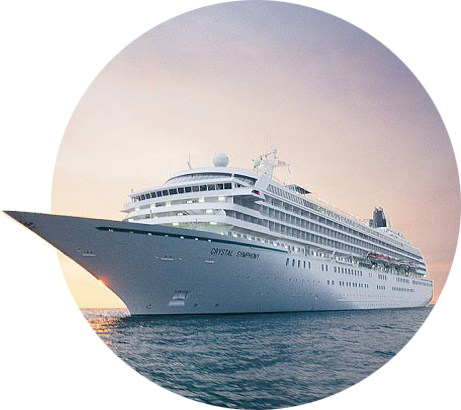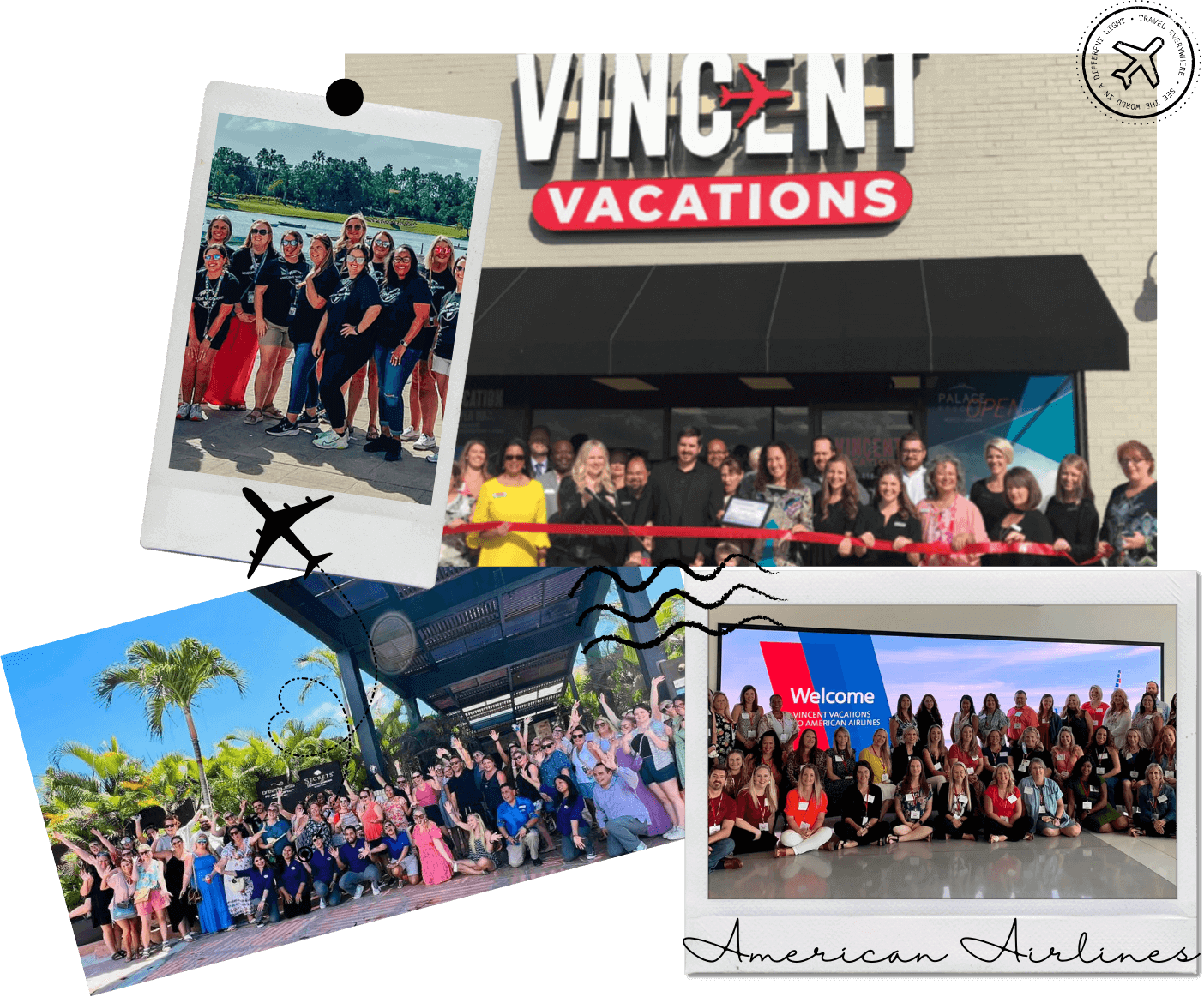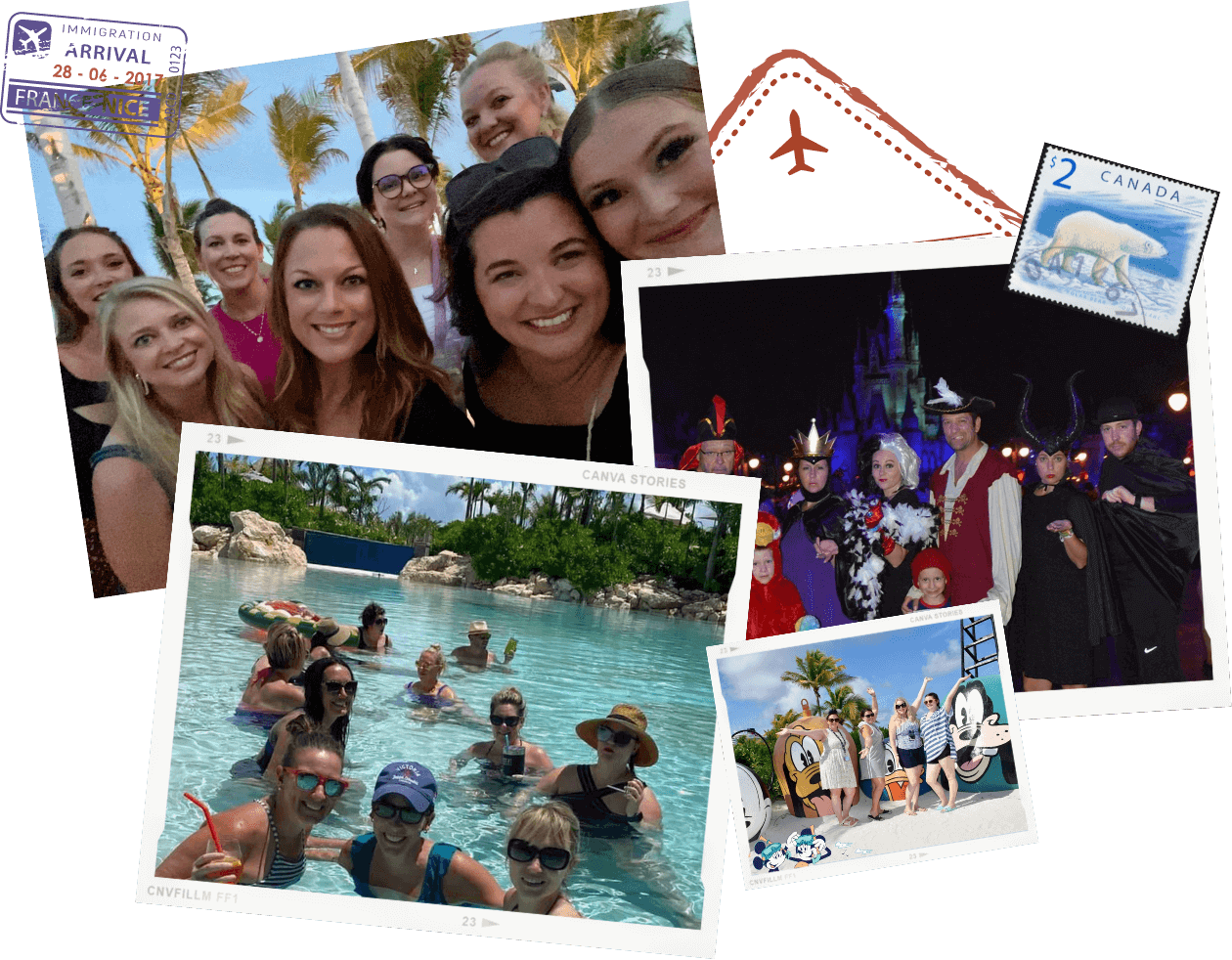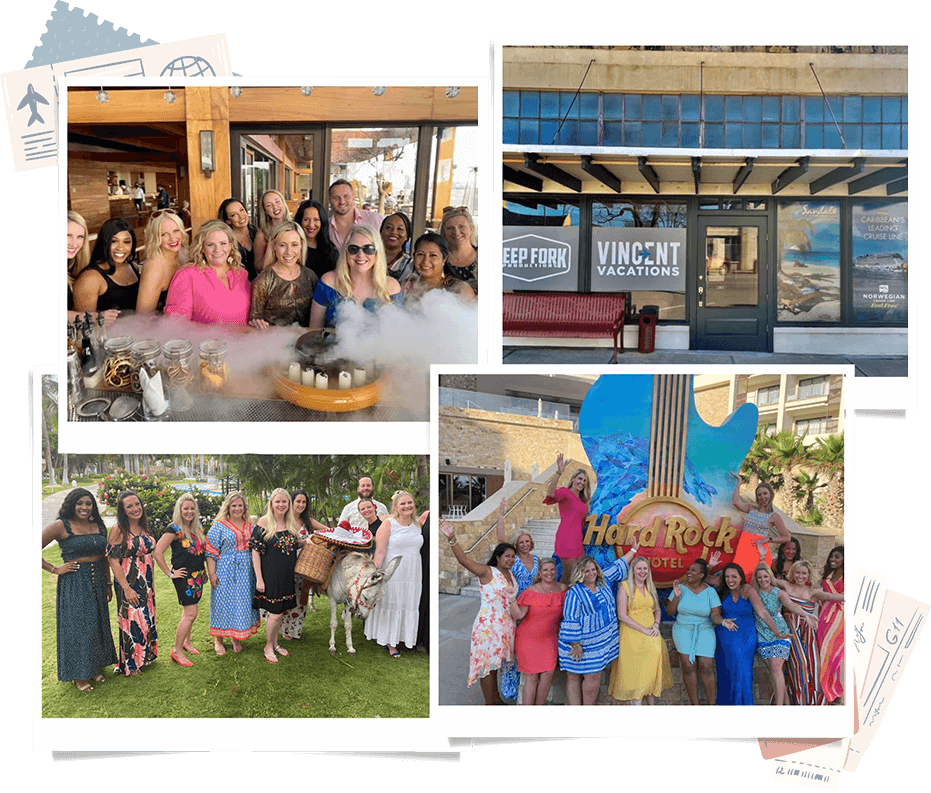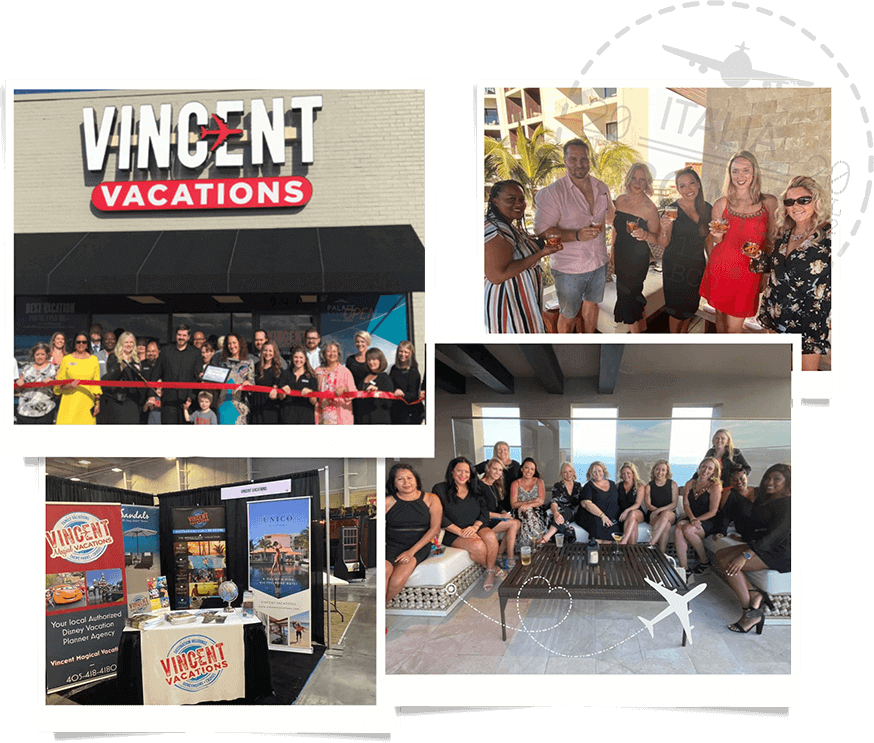We recognize that Disney vacations are not just an investment, but often the highlights of our lives, and we take that responsibility seriously. We want to ensure you have the best vacation experience.
Interested in a job in travel? Click here to learn: How to Become a Disney Travel Agent
Overview
Introduction
Also known as San Salvador or James, Santiago is the fifth-largest and one of the most visited of the Galapagos Islands. It is uninhabited, and there was a failed attempt at colonizing it in the 1930s. There are three visitor sites, and the two on the western coast of the island are Puerto Egas and Playa Espumilla.
Puerto Egas, on James Bay, offers a black-sand landing beach with impressive wind-carved, tuff-stone layers. The relatively flat, black-lava shoreline is broken up by pools, caves and promenades, where hundreds of marine iguanas sun themselves, seek mates and slither into the sea. Their black skin camouflages them among the lava rocks.
Playa Espumilla is a nesting area for sea turtles and, when the lagoon is filled, a place to see white-cheeked pintail ducks and flamingos. The estimated flamingo population on the Galapagos is around 500-1,000. These animals are an endemic subspecies of the flamingos commonly found in the Caribbean region.
Dozens of bright red-orange Sally Lightfoot crabs, among the only people-shy creatures on the islands, frolic in the tide pools and scurry on the rocks. The area also has a colony of fur seals, which are endemic to the islands but closely related to fur seals in Antarctica. The snorkeling is good along the rocks, where it's possible to see colorful fish, moray eels and sharks.
At the east end of the island is Sullivan's Bay (across from Bartolome Island). A volcano spewed a stream of lava there in 1897, and it still reaches to the sea. Visitors can follow a marked trail over the lava to see fascinating untouched volcanic formations such as pahoehoe lava. Only a few plants have taken hold there, including an unusually shaped cactus and some carpetweed.
Sombrero Chino (Chinese Hat) is a popular snorkeling spot 656 ft/200 m off the coast. These beautiful waters are a playground for sea lions, sharks, penguins and manta rays. A series of seven diving sites offer divers the chance to get up close to the best of Galapagos' marine life.
Overview
Introduction

Santiago, like Chile in general, has enjoyed a renaissance of cultural, intellectual and especially commercial activity for more than two consecutive decades. The Andes Mountains overlook Santiago's eastern edge, and their snowy peaks provide good hiking, skiing, rafting and kayaking—and the beach is only a short drive away. Small wonder it is the country's capital and largest city, as well as one of the continent's largest metropolises.
Centro (downtown Santiago) is still dotted with Spanish colonial buildings and old churches, as well as many sparkling new modern buildings. Other neighborhoods house international restaurants, upscale boutiques and lively nightlife. Tourist areas are compact, and the resident Santiaguinos are pleasantly helpful. The city has a certain efficiency not found elsewhere in Latin America, and an obvious prosperous feel to it. The major drawback is that ongoing development and traffic congestion have created air pollution and smog, and the shanty towns on the outskirts appear to be growing (albeit in a controlled state).
Must See or Do
Sights—The city's birthplace, beautiful Cerro Santa Lucia; the wrought-iron splendor and colorful, otherworldly seafood of the Mercado Central; the presidential Palacio de la Moneda and the nearby, bustling downtown square Plaza de Armas.
Museums—Ancient art at Museo Chileno de Arte Precolombino; poet Pablo Neruda's home, La Chascona; the Museo Nacional de Bellas Artes—the building alone is worth the visit; extensive international fashion history exhibits at the Museo de la Moda; Museo de la Memoria y los Derechos Humanos, recalling the trauma of the Pinochet dictatorship; a visit to the many excellent private art galleries in the city, such as the hipster design area of Barrio Italia or in Santiago's posh Vitacura barrio.
Memorable Meals—A meal at the renowned, innovative Borago; an evening of Chilean wine at Baco; a taste of some of Chile's seafood delicacies at Aqui Esta Coco; a classic lomito at Fuente Alemana, a Santiago sandwich institution.
Late Night—Groove to live music at the hip Catedral bar in fashionable Bellas Artes neighborhood; dance until dawn at many of the nightclubs in Bellavista, such as La Feria or Havana Salsa; travel the wine appellations of Chile at Bocanariz, a happening wine bar in quaint Lastarria; have a drink with a stunning view of the Andes at sunset from the Red2One bar on the top floor of the W Santiago.
Walks—A jaunt along the Mapocho River in Parque Forestal; scaling the (modest) heights of Cerro San Cristobal for panoramic views of the city; a Saturday-evening stroll in lively Bellavista; a walk through the historic Lastarria neighborhood to visit its many specialty shops, museums and cafes; explore the pedestrian malls of the downtown expanding off the Plaza de Armas.
Especially for Kids—Fantasilandia; the Museo Interactivo Mirador; taking the funicular train up the hill to the charming Zoologico Nacional at Cerro San Cristobal.
Geography
Santiago is divided in half by a river, the Mapocho, which runs east to west through the city. Much of the civic and tourist activity is concentrated on the southern bank. That's where you'll find the downtown area, known as Centro, which is basically a triangle bounded by the river, Alameda (the city's major thoroughfare) and the Pan-American Highway.
Barrio Brasil is the traditional neighborhood just west of Centro, with the Barrio Yungay and Quinta Normal districts farther west; to the east, Barrio Lastarria and Parque Forestal is a rapidly growing gastronomic, shopping, nightlife and hotel zone. Heading east from Centro, you'll find a succession of commercial and residential neighborhoods: Providencia, Las Condes and Vitacura in particular. These neighborhoods contain many of Santiago's hotels, plus some fine restaurants and shops.
Generally speaking, the farther northeast you go, the more exclusive the neighborhoods become. On the north bank of the river, opposite Centro, Barrio Bellavista is an area of fine restaurants and lively nightlife. The Paris-Londres neighborhood, centered around the San Francisco church, is one of the few districts left that still evokes 1920s Santiago, with its cobbled streets and low-slung town houses, some of them now serving as small hotels.
Rather than use compass points to explain directions, most folks in Santiago use the looming Andes as the key reference point. On clear, relatively unpolluted days (which alas, seem to be getting fewer and fewer), it is easy to orient yourself in the urban sprawl simply by remembering that the Andes are always to the east.
History
When Pedro de Valdivia led a Spanish expedition from Peru to the land that would become Chile in 1540, he had to contend with both an attempted mutiny by many of his men and violent resistance from the native peoples of the region, the Araucanians and Picunches. He and his remaining men founded Santiago del Nuevo Extremo on 12 February 1541 and built a fortress at the foot of a hill he named Santa Lucia.
They spent the next two years under siege as Picunche guerrillas attacked them constantly. It was only with the assistance of Peruvian reinforcements that the attacks subsided, though periodic battles between the Araucanians and the colonists continued into the next century. Major earthquakes in 1647 and 1730 also slowed growth in the area.
A number of Santiago's major governmental structures were erected at the end of the 18th century and during the first decade of the 19th century. However, the city's cultural and intellectual importance was modest. Chile won its independence from Spain in 1818, and the leader of the Chilean liberation movement, Bernardo O'Higgins, is a national hero. Santiago didn't begin to become a metropolis until after World War I, when jobless nitrate miners from the Atacama Desert moved there.
After World War II, the process accelerated with industrialization, and an influx of rural Chileans rapidly swelled Santiago's neighborhoods with apartments, housing projects and vast commercial spaces.
Santiago's darkest hour arrived on 11 September 1973, when military insurgents stormed the city, taking over radio stations and bombing La Moneda, the presidential palace. The popularly elected Socialist president, Salvador Allende Gossens, refused the military's calls to resign and is believed to have committed suicide. The leader of the coup, Gen. Augusto Pinochet Ugarte, installed himself as the country's leader and ruled until his defeat in a 1988 referendum.
Though internationally rebuked for oppressive tactics and human-rights violations, Pinochet's authoritarian government did manage to push through economic reforms that made Chile economically stable and successfully implemented communications and infrastructure projects.
Pinochet was arrested in the U.K. in October 1998 after a Spanish judge issued an international warrant over human-rights violations, but he was released on medical grounds and returned to Chile in March 2000. Pinochet's arrest provoked an avalanche of other human-rights-related arrests within Chile, involving dozens of his former generals and officers.
Pinochet himself was stripped of parliamentary immunity in Chile in 2000, and in January 2005 was placed under house arrest in Santiago and indicted for the disappearance of nine opposition activists and the murder of one. His family remains under investigation for illegal enrichment after the discovery of numerous bank accounts, some under pseudonyms, in the U.S. and elsewhere. Several of them were also charged with possessing false passports.
In December 2006, Pinochet died of a heart attack at the age of 91. The center-left government of Michelle Bachelet refused to hold a state funeral.
Bachelet, whose father died in 1974 after being tortured and jailed by Pinochet's military government, was the first woman president in Chile's history. She made an ambitious "social protection" agenda the focus of her four-year term, and ended in March 2010 with sky-high approval ratings.
Her replacement was Sebastian Pinera, a center-right billionaire businessman who distanced himself from Pinochet and the extreme right at an early stage—to the displeasure of many diehards allied with the dictatorship. During his term, Pinera did much to incentivize investment in Chile with the economy growing considerably during this period.
In March 2014, Michelle Bachelet took over as president a second time with a focus to reorganize the tax code to improve public health and education—not without resistance. Pinera was again reelected in 2017.
Potpourri
Chile is wine country, and Santiago has several wineries—three of them with vineyards—within the city limits, and many more just outside.
Santiago is Chile's capital, but Congress is housed elsewhere in Valparaiso, Chile.
Santiago's proximity to both the Andes and the Pacific Ocean makes it possible to go skiing and surfing on the same day.
Chile is a biogeographical island, surrounded on all sides by the Andes, Pacific Ocean and the Atacama Desert. This geographical isolation has led to the development of a high rate of endemic plant and animal species found nowhere else in the world. About half of Chile's roughly 5,000 plant species are considered endemic.
The Telefonica CTC communications company built its Santiago corporate headquarters in the shape of a 35-story cell phone.
Chileans have formed hundreds of slang terms. The most popular word that is bandied about is huevon (pronounced WHAY-von), which has multiple meanings depending on its context. It can be, for example, a friendly greeting: "How are you, huevon?" Or, the term can be stated as an insult if said in anger: "You huevon!"
Afternoon tea in Chile, known as onces, takes its name from the 11 (once in Spanish) letters of aguardiente, a potent alcohol that was stirred into tea.
Location
For nautical visitors to Chile, the port of Valparaiso (Terminal de Pasajeros) is 75 mi/120 km west of Santiago. The clean, modern cruise-passenger terminal, which only receives about 40 vessels per year because of high port charges, was built in 2003 and features a cafe and bar, Internet connections, souvenir shops and tourist-information kiosks. Cruise ships dock alongside the cargo terminals, and passengers are bused to the nearby passenger terminal. Phone 32-255-6391. http://www.vtp.cl.
Shore Excursions
Some typical shore excursions include tours of Valparaiso and Vina del Mar, highlights of Santiago and Casablanca Valley wineries. Others include travel to the Andes and as far south as Chiloe. Check with your travel agent for more information. Note that the standard insurance that your ship carries does not apply when taking these tours—no matter what the glossy brochures may say. You must procure additional insurance if you are concerned about safety, theft and the like.
Overview
Introduction
The Dominican Republic's second-largest city, formally named Santiago de los Caballeros, lies in the heart of the cigar-producing Cibao Valley about 80 mi/130 km northwest of Santo Domingo. However, this sprawling city is not a popular tourist destination.
Its colonial core, full of historic buildings, is a pleasant place with wide streets, museums and cathedrals. The main square, Parque Duarte, is surrounded by intriguing structures, and the nearby Fortaleza San Luis hosts an interesting museum.
Dominating the landscape is the Monument to the Restoration Heroes, a huge hilltop monument built by brutal dictator-president Rafael Trujillo to honor himself. The monument has since been repurposed to honor those who fought in the Dominican Restoration War against Spain. Adjacent, the El Gran Teatro de Cibao (a theater modeled after the National Theatre in Santo Domingo) has an enormous stage and is said to have perfect acoustics. It hosts theatrical and musical performances.
Visit the Folk Art Museum and the not-to-be-missed Centro Leon, combining a superb art gallery and the most interesting and well-presented museum in the country.
Adjoining the Center is the Aurora tobacco factory—a great place to see cigars being hand-rolled. Cigar production centers on the nearby town of Tamboril, which has several family-run factories open to visit.
Overview
Introduction
In the Middle Ages, Santiago de Compostela, Spain, was the third most important religious pilgrimage site after Jerusalem and Rome (according to legend, the apostle James is buried there). Today, it recalls its glory with the Fiesta de Santiago (held every year on 25 July) and the Holy Year Jubilees, celebrated every year that the fiesta falls on a Sunday. Santiago de Compostela lies 300 mi/485 km northwest of Madrid.
Bordering the city's main square is an 11th-century Romanesque- and baroque-style cathedral (which contains the tomb of the apostle). Also on the square is the town hall and the Hostal de los Reyes Catolicos, a great parador dating from the time of Ferdinand and Isabella. The granite streets of the center and the city's monuments together are a UNESCO World Heritage site. Be sure to see the view of the city from Herradura Park.
Those interested in following part of the old pilgrimage route, the Camino de Santiago (St. James' Way), can do so by car, bicycle or on horseback. The 443-mi/709-km trail to Santiago de Compostela begins on the French border at Roncesvalles, in the northeast of the country, or Somport pass in the Pyrenees, and spans northern Spain. It's been tramped (along with many subsidiary trails) by thousands of pilgrims—from the early ninth century to today.
Along the route, there are stone villages, medieval bridges, some cobbled stretches and wonderful towns, including Burgos, one of the great old cities of the north. A medieval Gothic cathedral has been drawing pilgrims and visitors to the city since 1221. We've seen few examples of Gothic architecture in Spain as good as this. The city also has a well-preserved Gothic quarter near the cathedral.
After walking through the neighborhood's streets, stroll the beautiful riverside promenade—the way is lined with outdoor cafes and shaded by sycamore trees. Be sure to see the larger-than-life equestrian statue of El Cid, the Spanish national hero who was born near Burgos. Allow a half-day in the city.
Also a former capital, Leon should be visited, if only for the incredible stained-glass windows of the Gothic cathedral. Also see the Romanesque wall paintings in the Pantheon. Smaller places of note include Puente la Reina (old walls, medieval bridge), Fromista (Romanesque church), Astorga (walled town, cathedral) and Villafranca del Bierzo (highland town with Romanesque church).
Santiago makes a great base for exploring Galicia, the surrounding region. Galicia could be mistaken for Scotland or Ireland. Bagpipes, misty fields, rocky cliffs, stone villages, a different language (Gallego, akin to Portuguese) and a strong Gaelic/Celtic influence are the more obvious similarities. Those and the rain, said to fall 300 days of the year.
Specific destinations include Pontevedra (unspoiled town of ancient cobblestoned streets and stone houses), Vigo (historic port town) and La Coruna, 45 mi/75 km to the north—a modern coastal town that has the Hercules Tower, the only operating Roman lighthouse left in the world (it dates from the Celtic period).
Visitors should know that Galicia is known for the quality and variety of its excellent seafood dishes, especially pulpo (octopus). The entire Galicia area is charming, feels authentic and is seldom visited by North Americans.

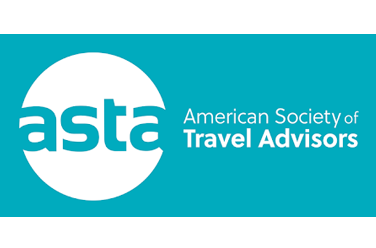







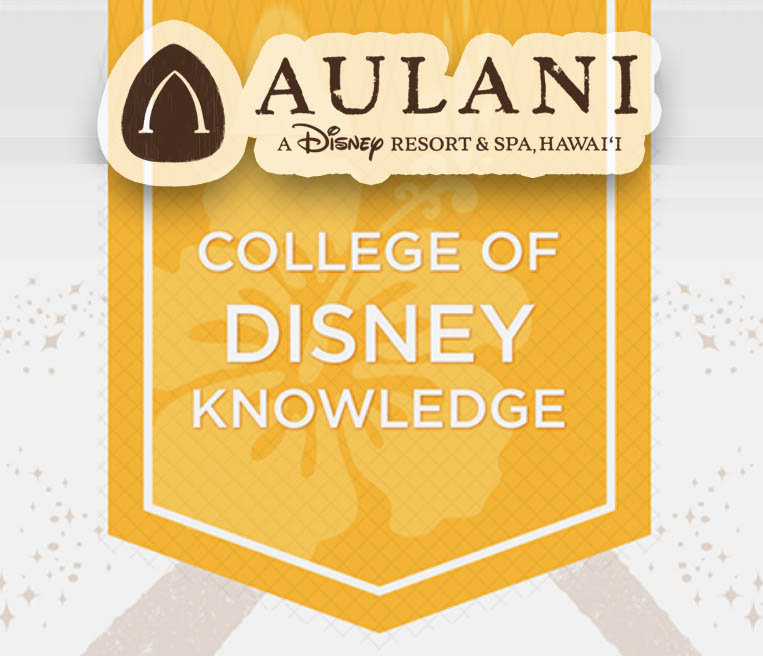
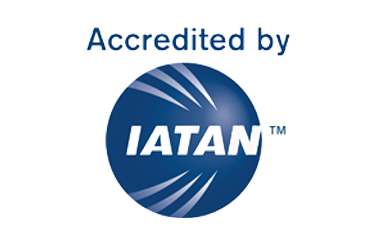

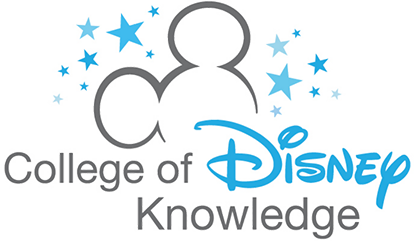


 Santiago de Cuba, one of Cuba's oldest cities, lies on the eastern end of the island—485 mi/780 km east of Havana. Founded in 1514 as the country's first capital, this hill city predates Havana and has a distinct architectural style. Earthquakes have damaged it repeatedly: Most of the buildings are from the 1800s and early 1900s. Although much of the city is badly deteriorated, it has a beautiful setting at the foot of the Sierra Maestra Mountains and overlooks a magnificent bay, and has been beautified in recent years. It is known as the Revolutionary City for its many associations with the Cuban Revolution, birthed there in 1953. It's popular with French tourists and is a stop on the itinerary of several European and U.S. cruise lines.
Santiago de Cuba, one of Cuba's oldest cities, lies on the eastern end of the island—485 mi/780 km east of Havana. Founded in 1514 as the country's first capital, this hill city predates Havana and has a distinct architectural style. Earthquakes have damaged it repeatedly: Most of the buildings are from the 1800s and early 1900s. Although much of the city is badly deteriorated, it has a beautiful setting at the foot of the Sierra Maestra Mountains and overlooks a magnificent bay, and has been beautified in recent years. It is known as the Revolutionary City for its many associations with the Cuban Revolution, birthed there in 1953. It's popular with French tourists and is a stop on the itinerary of several European and U.S. cruise lines. 